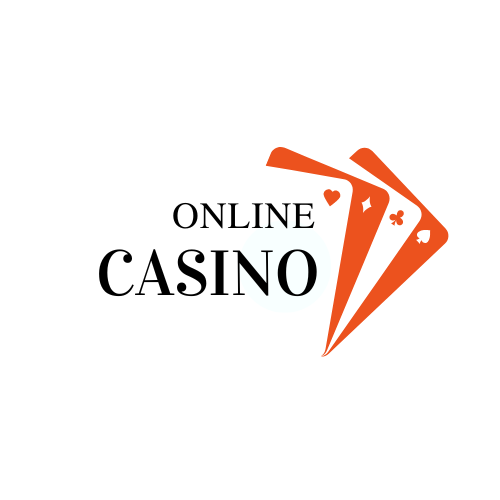Crafting Your Online Identity: Building a Digital Presence that Reflects You
In today’s interconnected world, our online identity often precedes our physical presence. Whether for personal branding, professional networking, or social interaction, how we present ourselves on the internet plays a crucial role in shaping perceptions and opportunities. Here’s a comprehensive guide to understanding and creating a compelling online identity:
Understanding Online Identity
1. Definition and Scope:
- Online Identity: The digital representation of an individual, encompassing their activities, interactions, and personal information across the internet.
- Components: Includes social media profiles, professional online identity portfolios, forum posts, comments, and any digital footprint left through online activities.
2. Permanence and Impact:
- Longevity: Information shared online can persist indefinitely, shaping how others perceive you long after it’s posted.
- Reputation: Your online behavior and content contribute to your reputation, influencing both personal and professional opportunities.
Building a Positive Online Identity
1. Authenticity:
- Be Yourself: Genuine expression fosters trust and credibility.
- Consistency: Maintain a coherent identity across different platforms.
2. Privacy and Security:
- Control Information: Manage privacy settings to limit who can access your personal details.
- Security: Use strong passwords and be cautious about sharing sensitive information.
3. Content Creation:
- Quality Over Quantity: Share meaningful content that adds value or reflects your interests and expertise.
- Visual Branding: Consistent use of profile pictures, banners, and color schemes can enhance recognition.
4. Engagement and Interaction:
- Professional Networking: Engage thoughtfully on platforms like LinkedIn to build industry connections.
- Social Media: Interact responsibly and positively, mindful of how your posts may be perceived.
Managing Your Online Presence
1. Google Yourself:
- Regularly search your name to monitor what others see.
- Address any inaccuracies or unfavorable content when possible.
2. Online Reputation Management:
- Respond gracefully to criticism and correct misinformation courteously.
- Highlight positive achievements and contributions.
3. Career and Personal Branding:
- Tailor your online presence to align with career goals.
- Showcase skills and achievements relevant to your professional aspirations.
Legal and Ethical Considerations
1. Copyright and Attribution:
- Respect intellectual property rights when sharing content.
- Attribute sources appropriately to avoid plagiarism.
2. Online Conduct:
- Uphold ethical standards in interactions and content creation.
- Avoid activities that could damage your reputation or legal standing.
Conclusion
Your online identity is a dynamic reflection of your personality, values, and aspirations. By cultivating an authentic and positive digital presence, you can leverage the internet as a powerful tool for personal and professional growth. Remember, every interaction online shapes how others perceive you, making thoughtful curation of your online identity a valuable investment in your future.
